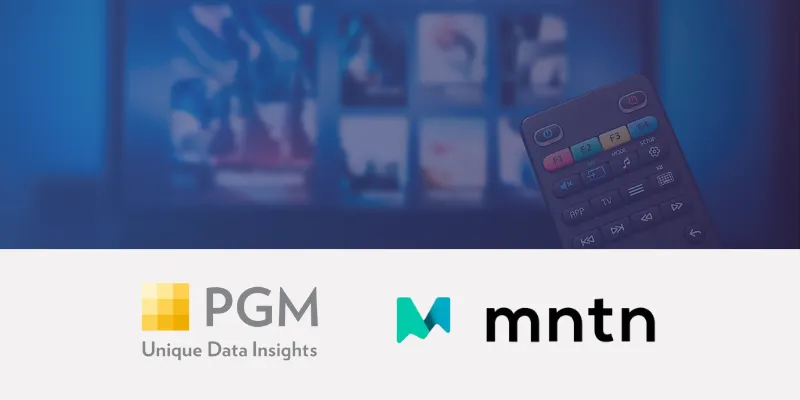
Webinar: Mastering CTV Advertising in 2025
Roughly 88% of US households own at least one internet-connected TV device. CTV accounts for over one-third of total TV usage and is projected to reach 238 million US viewers in 2025.
In this webinar hosted by Larisa Bedgood, Head of Marketing at PGM, Matt Collins, Director of Product Marketing at MNTN, joins us to share his tips and strategies for building an effective CTV strategy that drives conversions, site visits, and revenue for your brand in 2025.
Key Topics:
- The State of the CTV Landscape
- Why You Should Consider CTV in 2025
- Perfecting Your CTV Campaign: Audience, Creative, & Measurement
- How to Get Started with Your CTV Strategy